
What are the reasons for the odor around dog eyes
Let’s imagine you’re a new dog parent in Boston, snuggling with your 8-month-old pug, Bella, when you notice a musky, sour smell near her eyes.
When your dog has an open wound, the urge to make it better immediately is real. But rushing the process can do more harm than good. The key to speeding up healing lies in a combination of proper first aid, consistent care, and understanding your pet’s unique needs.
First, safety comes first for both you and your dog. Use a muzzle if necessary—even the gentlest dogs may snap when in pain. This isn’t just about protecting yourself; it’s a legal requirement in many areas to prevent accidental bites during treatment. Once your dog is calm, start by rinsing the wound gently with lukewarm water. Skip hydrogen peroxide or alcohol; these can damage healthy tissue and slow down healing. Instead, use a veterinary-approved antiseptic wipe or saline solution to clean away dirt and bacteria.
After cleaning, assess the severity. Minor cuts or scrapes can often be managed at home with a vet’s guidance. Apply an antibacterial ointment designed for pets and cover the wound with a breathable bandage. Change the dressing daily, checking for signs of infection like swelling, redness, or a foul odor. But remember, any wound deeper than a surface scrape, bleeding that won’t stop, or injuries near joints should always be seen by a vet. Delaying professional care not only risks your dog’s health but may violate local animal welfare laws.
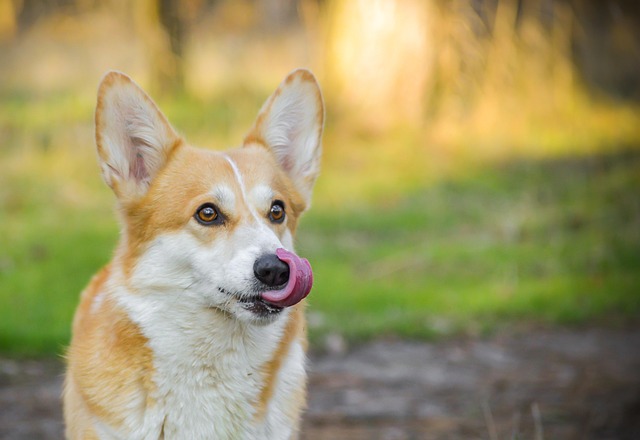 Nutrition plays a huge role in healing. High-quality protein sources like lean meats and fish help rebuild damaged tissue. Omega-3 fatty acids from fish oil supplements reduce inflammation, speeding up the recovery process. Just make sure any dietary changes align with your vet’s advice—feeding human supplements without consultation can be dangerous and goes against responsible pet ownership guidelines.
Nutrition plays a huge role in healing. High-quality protein sources like lean meats and fish help rebuild damaged tissue. Omega-3 fatty acids from fish oil supplements reduce inflammation, speeding up the recovery process. Just make sure any dietary changes align with your vet’s advice—feeding human supplements without consultation can be dangerous and goes against responsible pet ownership guidelines.
Keeping your dog calm is equally important. Limit exercise and playtime, especially if the wound is on a leg or joint. This can be tough, especially for active breeds, but it’s crucial to prevent the bandage from coming off or the wound reopening. Interactive toys like puzzle feeders can keep your dog mentally stimulated without physical strain.
Finally, watch for signs of healing. A healthy wound will start to form a scab within a day or two and show decreasing redness over time. If you notice pus, excessive swelling, or your dog seems lethargic or stops eating, contact your vet immediately. These could be signs of a serious infection that requires antibiotics.
Taking care of your dog’s open wound isn’t just about applying a quick fix—it’s about responsible pet parenting. By following these steps and staying vigilant, you’ll not only help your furry friend heal faster but also ensure you’re meeting your legal obligations as a pet owner. After all, nothing beats the feeling of seeing your dog back to their playful self.

Let’s imagine you’re a new dog parent in Boston, snuggling with your 8-month-old pug, Bella, when you notice a musky, sour smell near her eyes.

If your Labrador's constantly scratching at their ears or shaking their head, it might be more than just an itch. Ear infections are common in these active, water-loving dogs, and early intervention is key.
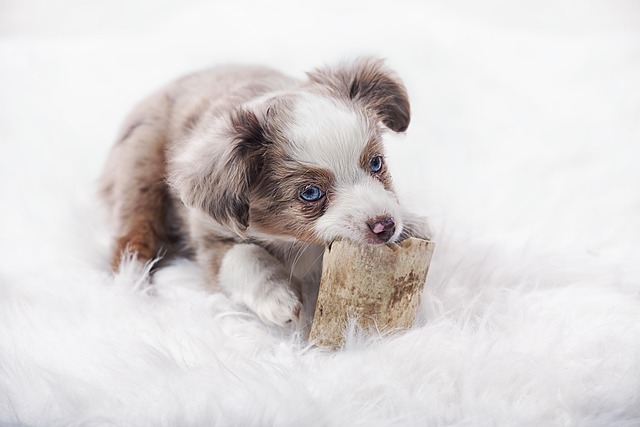
Finding out your dog has heart disease feels like a gut-punch.Amidst worry,the question of exercise looms large.It's crucial to know that local animal welfare laws may impact how you manage your pet's care,and this extends to physical activity guidelines.
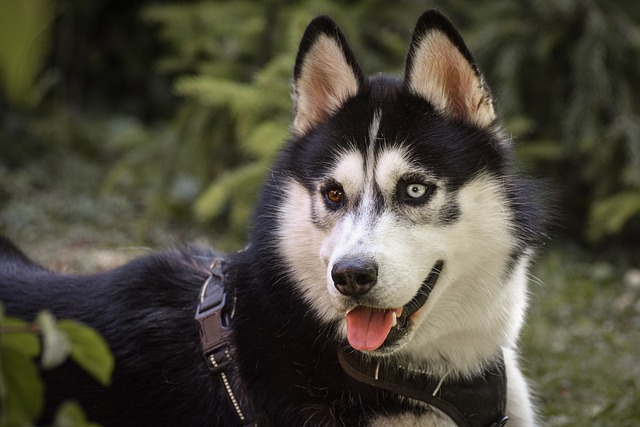
What is the root cause of separation anxiety in dogs? Let’s start with a moment every new pup parent in a downtown LA apartment has likely faced
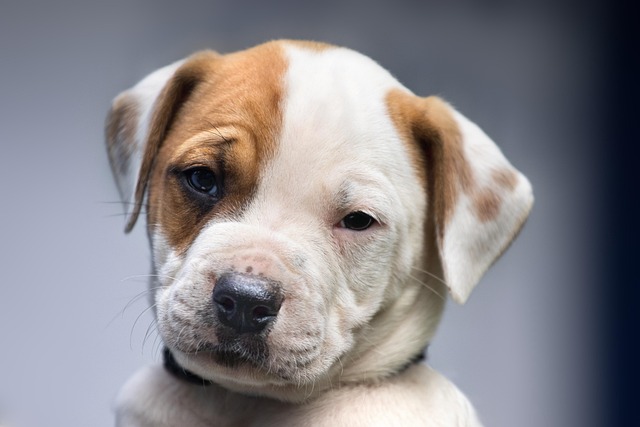
Discovering a wound on your dog's fur can feel like a punch in the gut,but staying calm is crucial.Before reaching for any treatment,familiarize yourself with local animal welfare laws—some regions restrict over-the-counter medications for pets,
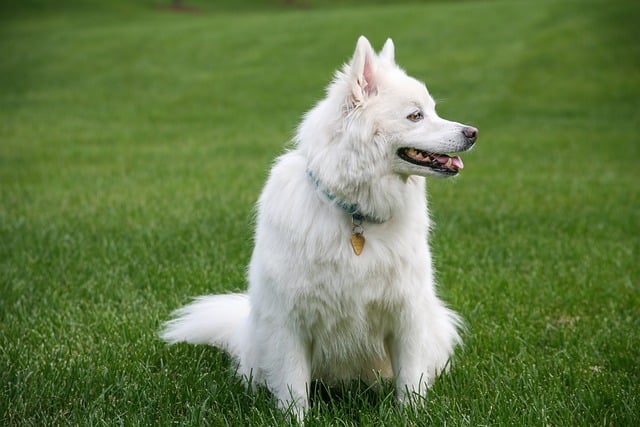
Imagine this: It’s a sweltering summer day in Phoenix, and you’ve just returned from a long walk with your Labrador Retriever, Max.